 z/OS Communications Server: SNA Diagnosis Vol 1, Techniques and Procedures
z/OS Communications Server: SNA Diagnosis Vol 1, Techniques and Procedures
 z/OS Communications Server: SNA Diagnosis Vol 1, Techniques and Procedures
z/OS Communications Server: SNA Diagnosis Vol 1, Techniques and Procedures
|
Previous topic |
Next topic |
Contents |
Contact z/OS |
Library |
PDF
Index of resource activation flows z/OS Communications Server: SNA Diagnosis Vol 1, Techniques and Procedures GC27-3667-00 |
|||||||||||||||||||||||||||||||||||||||||||||||||
|
Table 1 lists the resource activation flows that are illustrated here.
Figure 1. Activating a channel-attached communication
controller
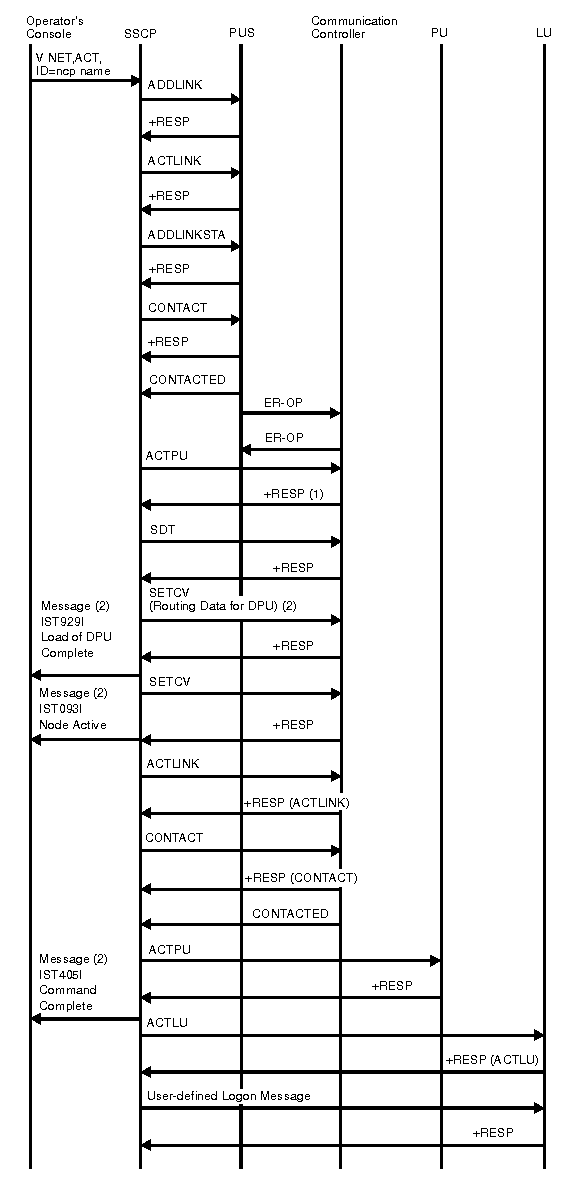
Figure 2. Activating a link-attached communication
controller
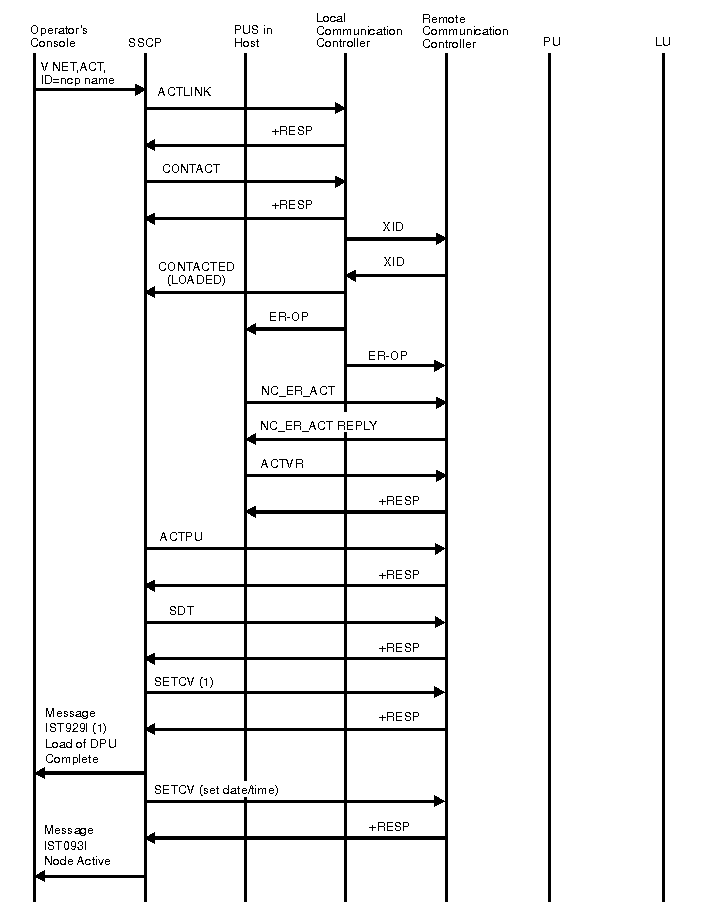
Figure 3. Activating a link (ACTLINK)
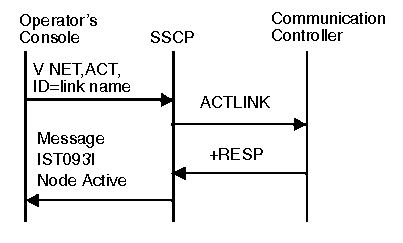 Figure 4. Activating a switched link with takeover
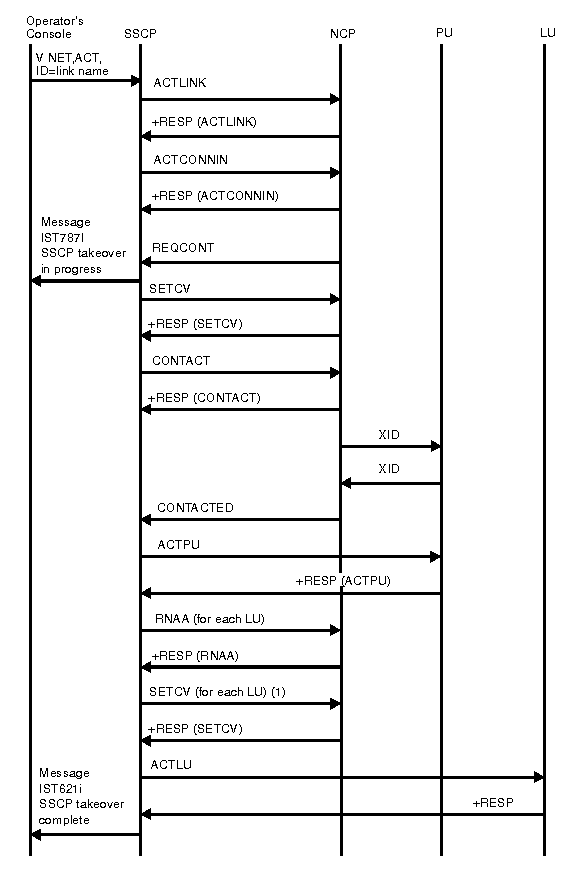
Figure 5. Activating a cross-subarea link station
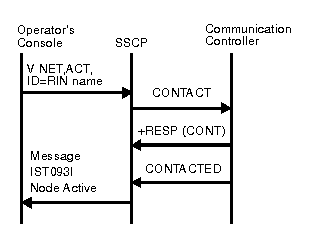 Figure 6. Establishing a switched connection
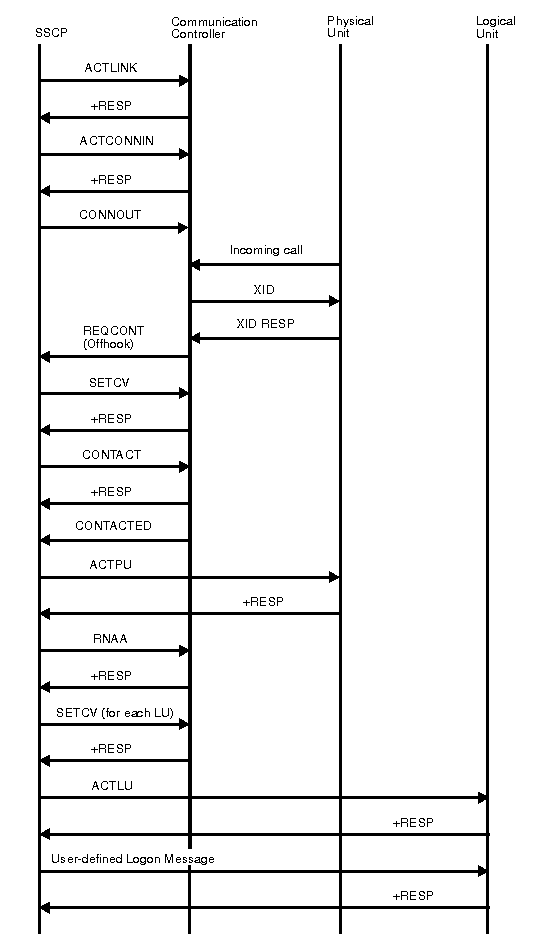 To establish a switched connection, the SSCP sends an Activate Link request to indicate that the link is active. An Activate Connect In request is sent to enable the communication controller to answer incoming calls. (Instead of Activate Connect In, Dial could be sent to initiate an outbound call.) When a call comes in, the communication controller sends an exchange identification (XID) and the physical unit responds with its ID (station address). The communication controller sends a Request Contact (Offhook) request to the SSCP. The SSCP sends a Set Control Vector request containing address and pacing information to the communication controller. The standard activation sequence then occurs. Figure 7. Activating a physical unit type 2.0
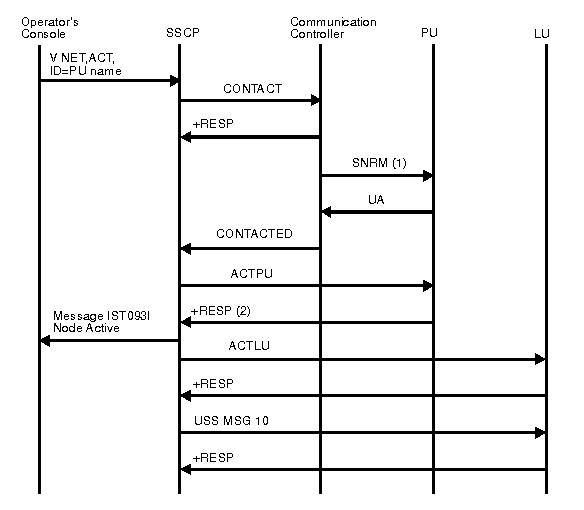
Figure 8. Activating a physical unit type 2.0
with load required
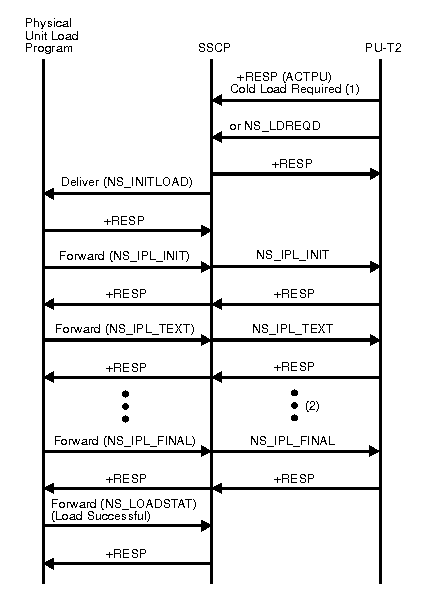
For type 2.0 physical units that require loading before they can be activated, the request for load is indicated in the ACTPU response. (During the activation, the physical unit might request loading with an NS_LDREQD RU.) The SSCP formats the load request into a network services (NS) RU to initiate the load. The management services subcomponent of the SSCP then sends the embedded request to the physical unit load program of the Downstream Load Utility. If the physical unit load program is not available, it sends a negative response to the SSCP's Deliver RU. The SSCP then sends an NS_IPL_ABORT RU to the physical unit for deactivation processing. (If the load was requested with an NS_LDREQD RU, the physical unit is not deactivated; in fact, it might try the load request again.) If the physical unit load program is available, as in Figure 8, it sends a positive response to the SSCP's Deliver RU. When the load program is complete, it sends a Forward RU, containing an NS_LOADSTAT RU, to relay the status of the load operation. Figure 9. Moving a SYSGENed physical unit
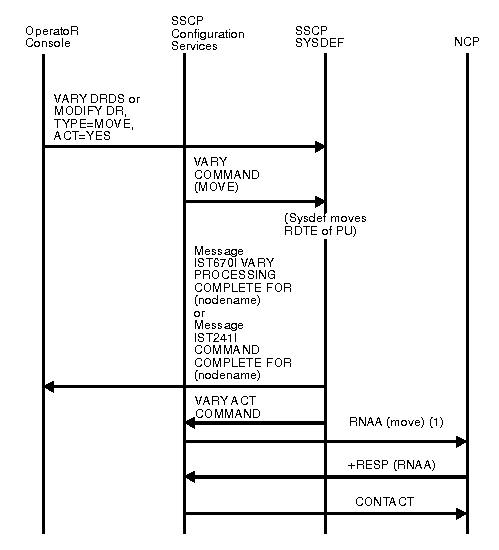
Figure 10. Moving a dynamically added physical
unit
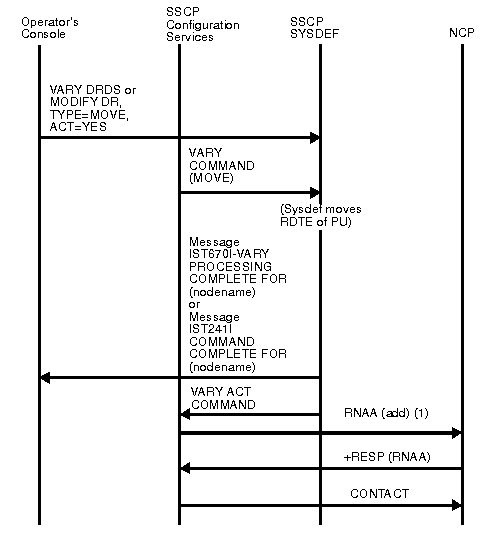
Figure 11. SSCP takeover of peripheral node logical
units
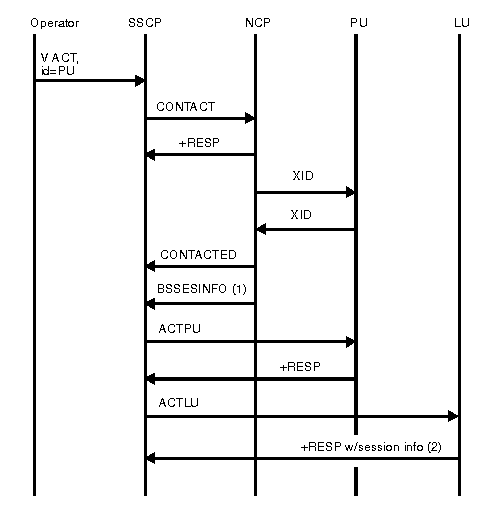 Note: The following conditions are assumed for this example:
Figure 12. Activating a logical unit
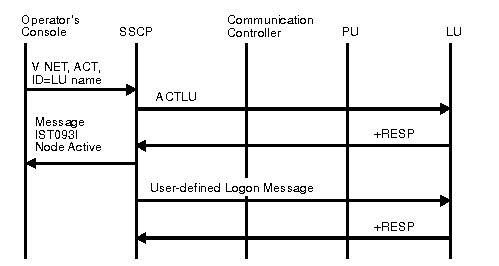 Figure 13. Activating an application program and
processing an OPEN ACB request
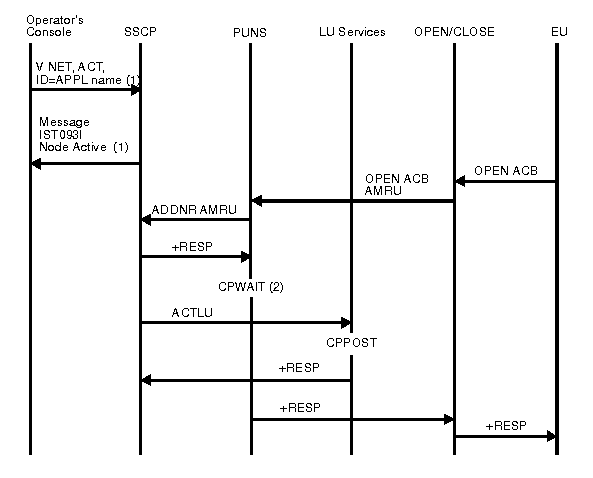
For the close ACB flow, see Figure 16. Figure 14. Activating CDRM with ERP response
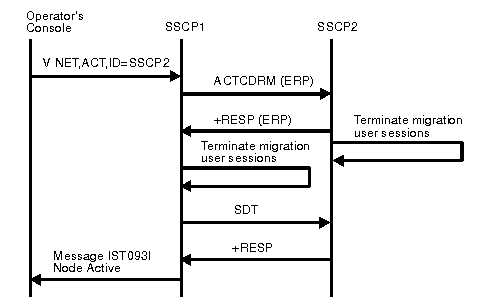 Figure 15. Activating CDRM with COLD response
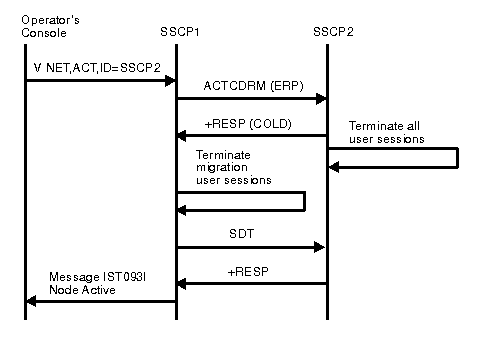 Figure 16. Activating a CDRM with a virtual-route-based
transmission group
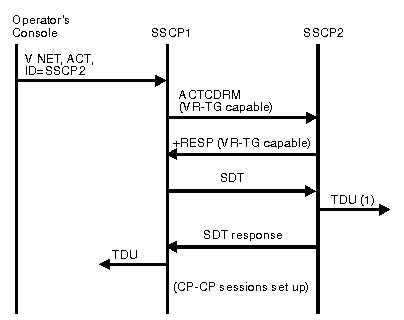
Figure 17. Back-to-back gateway NCP request sessions
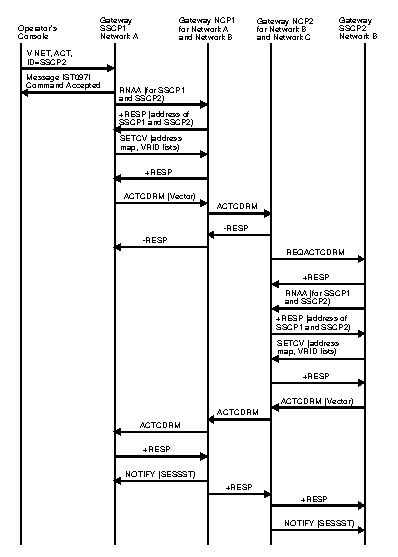 Figure 18. Gateway VTAM requests session
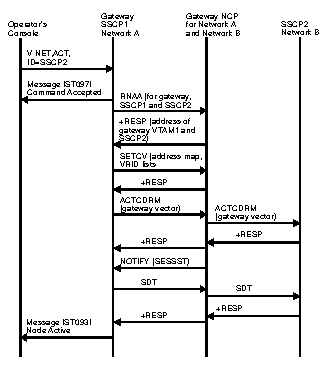 Figure 19. Non-gateway VTAM requests session
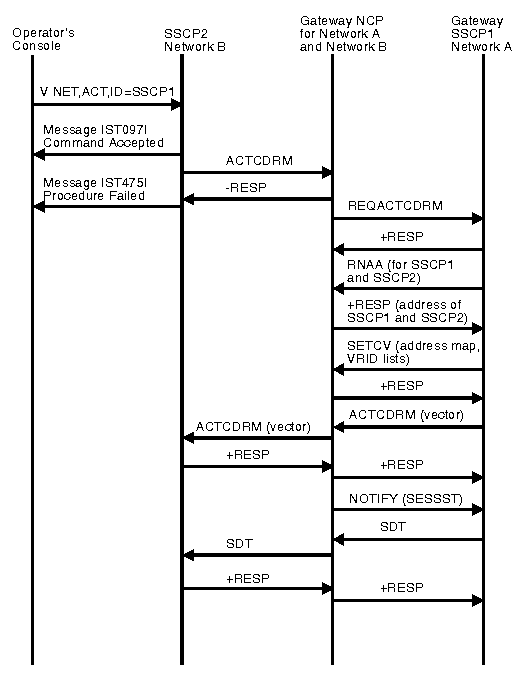 


|
 Copyright IBM Corporation 1990, 2014 Copyright IBM Corporation 1990, 2014 |